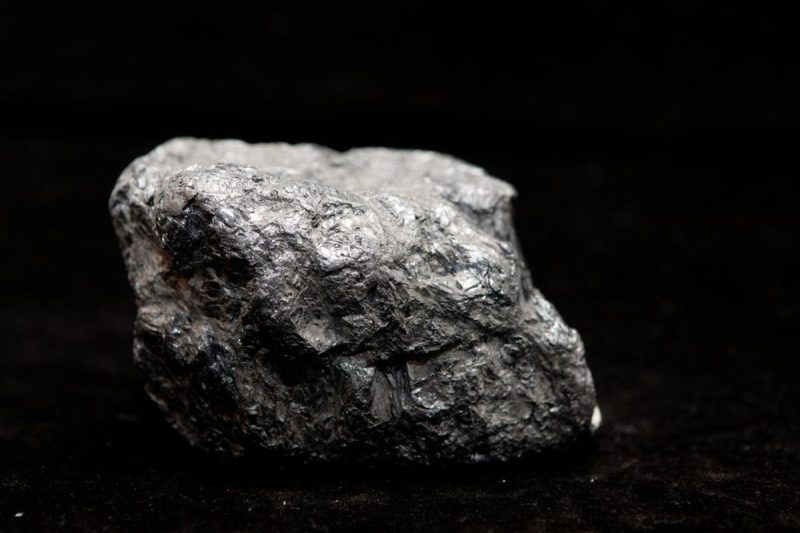1. China – The Undisputed Leader
China, often regarded as the kingpin in the rare earths industry, currently leads the global market in terms of reserves. With a diverse range of rare earth elements including neodymium, cerium, and lanthanum, China has solidified its position as the go-to source for these critical materials. The country’s massive reserves not only cater to its domestic demands but also hold immense strategic importance on a global scale.
2. Australia – Emerging as a Strong Contender
Australia, known for its abundant natural resources, has also established itself as a key player in the rare earths sector. With substantial reserves of elements such as dysprosium, yttrium, and praseodymium, Australia has become an attractive destination for rare earth mining and production. The country’s strategic location and stable political environment further enhance its appeal as a reliable source of rare earth elements.
3. United States – Revitalizing its Rare Earth Industry
In recent years, the United States has shown a renewed interest in revitalizing its rare earth industry. With significant reserves of elements like europium, terbium, and gadolinium, the U.S. aims to reduce its dependence on foreign sources for these critical materials. Efforts are being made to boost domestic production and establish a more self-sufficient supply chain to meet the country’s growing demand for rare earth elements.
4. Russia – Leveraging its Resources
Russia, known for its vast mineral reserves, also boasts considerable deposits of rare earth elements. With a focus on elements such as samarium, lutetium, and scandium, Russia aims to leverage its resources to strengthen its position in the global rare earth market. The country’s strategic initiatives to develop its rare earth industry have the potential to significantly impact the global supply chain.
5. Brazil – Tapping into its Potential
Brazil, endowed with rich natural resources, is increasingly tapping into its potential in the rare earth sector. With significant reserves of elements like yttrium, thulium, and holmium, Brazil aims to diversify its mineral exports and establish a stronger presence in the rare earth market. The country’s efforts to enhance its mining and refining capabilities demonstrate its commitment to becoming a key player in the industry.
6. India – Embracing Rare Earth Opportunities
India, known for its growing industrial prowess, is also embracing the opportunities presented by rare earth elements. With reserves of elements such as praseodymium, dysprosium, and cerium, India seeks to strengthen its position in the global rare earth market. The country’s focus on sustainable mining practices and value-added processing bodes well for its future prospects in the industry.
7. Vietnam – A Rising Star in Rare Earth Production
Vietnam has emerged as a rising star in rare earth production, with significant reserves of elements like lanthanum, neodymium, and erbium. The country’s proximity to major markets and strategic partnerships with international players have positioned Vietnam as a key player in the global rare earth supply chain. Vietnam’s efforts to enhance its mining infrastructure and sustainable practices further contribute to its growing influence in the industry.
8. Malaysia – Making Strides in Rare Earth Exploration
Malaysia has made significant strides in rare earth exploration, with notable reserves of elements like dysprosium, europium, and gadolinium. The country’s focus on sustainable mining practices and environmental protection enhances its appeal as a responsible supplier of rare earth elements. Malaysia’s efforts to strengthen its regulatory framework and attract foreign investments showcase its commitment to becoming a prominent player in the global rare earth market.

